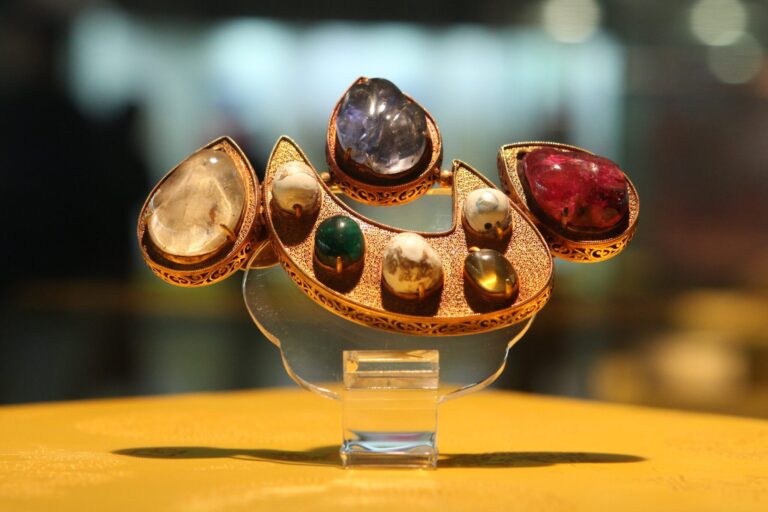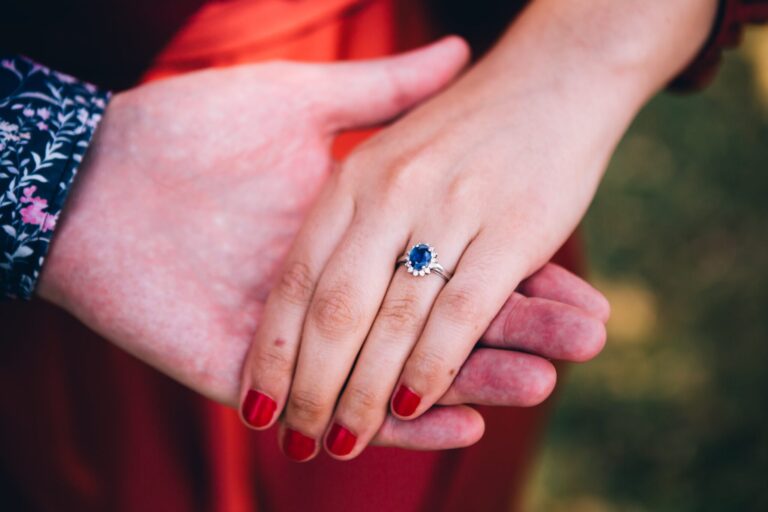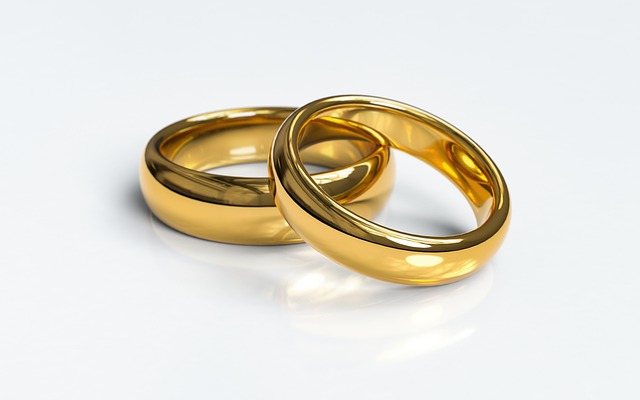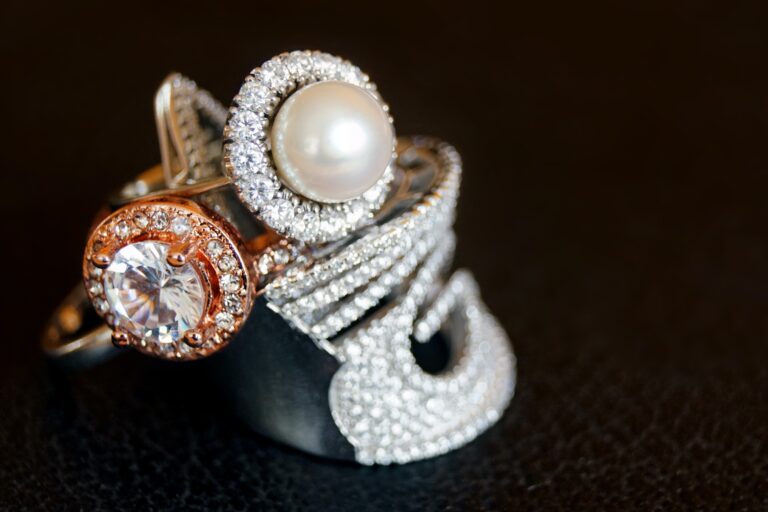What Is a Diamond
Diamonds. They sparkle, they dazzle, and they tug at our heartstrings. But have you ever stopped to wonder what exactly a diamond is? Beyond the glitz and glamour, beyond the admiration and desire they evoke, lies a captivating tale of nature’s extraordinary artistry. This article aims to strip away all the fancy jargon and get straight to the core of what makes a diamond so captivating, so enduring, and so incredibly special. Brace yourself for a captivating journey into the heart of one of nature’s true masterpieces. Let’s explore what truly defines a diamond.
Table of Contents
- Formation and Geological Origins of Diamonds
- Physical Characteristics and Structure of Diamonds
- Classification and Grading Systems for Diamonds
- Industrial and Commercial Uses of Diamonds
- Key Factors to Consider When Buying a Diamond
- Caring for and Maintaining the Beauty of Your Diamond
- FAQs
- In Conclusion
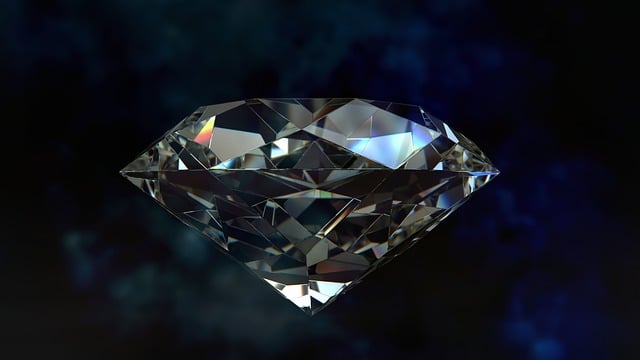
Formation and Geological Origins of Diamonds
Diamonds, those captivating precious stones that have dazzled humanity for centuries, have a fascinating formation and geological history. These sparkling gems, most often associated with luxury and everlasting love, are born deep within the belly of the Earth, under immense pressure and heat. To understand the journey of diamonds, one must delve into the captivating realm of geology.
Diamonds form over billions of years, originating from carbon atoms that undergo tremendous changes deep within the Earth’s mantle. Through volcanic eruptions, molten rock carries these precious carbon atoms towards the Earth’s surface, where they crystallize and ultimately become diamonds. The formation of diamonds requires specific geological conditions, including temperatures exceeding 2,200 degrees Fahrenheit and pressures ranging from 725,000 to 870,000 pounds per square inch. Under these extraordinary circumstances, carbon atoms arrange themselves in a unique crystal lattice structure, which gives diamonds their unparalleled hardness. It is their remarkable ability to withstand forces that make diamonds one of nature’s greatest marvels.
Throughout this intricate process, several factors impact the quality and characteristics of diamonds. Impurities present during their formation give rise to the various colors and hues seen in diamonds, such as yellow, pink, or blue. Additionally, the presence of flaws, known as inclusions, might affect the clarity and sparkle of these gemstones. Nevertheless, the breathtaking beauty and durability of diamonds continue to captivate the human imagination, making them the epitome of elegance and treasured heirlooms that withstand the test of time. When one contemplates the , it becomes clear that these exquisite gems are truly nature’s remarkable gift, forged in the depths of the Earth and transformed into dazzling symbols of everlasting beauty.
Physical Characteristics and Structure of Diamonds
Diamonds are known for their exceptional physical characteristics and unique structure. These precious gems possess a variety of distinct features that set them apart from other gemstones. Here are some key aspects of the :
1. Hardness: Diamonds are renowned for their unparalleled hardness. In fact, they are the hardest naturally occurring substance on Earth. This impressive durability makes diamonds ideal for use in cutting, grinding, and polishing tools.
2. Refractive Index: Diamonds have a high refractive index, meaning they have the ability to bend and reflect light in a remarkable way. This characteristic gives diamonds their renowned brilliance and sparkle, captivating the eyes of beholders.
3. Crystal Structure: Diamonds crystalize in the cubic crystal system, resulting in a symmetrical and orderly arrangement of carbon atoms. This crystal lattice structure accounts for their exceptional stability and strength.
4. Colour Variations: While diamonds are often associated with sparkling white stones, they can exist in a wide array of colors. These variations are a result of impurities present during diamond formation, such as nitrogen, which can result in shades ranging from yellow to brown. Rarely, diamonds can form with other colors such as blue, pink, green, or red, making them even more prized.
5. Clarity: Diamonds can be remarkably clear, devoid of visible blemishes and inclusions. Their clarity is graded on a scale ranging from Flawless (no inclusions) to Included (inclusions visible to the naked eye) and greatly impacts their value.
Understanding the provides insights into why they are highly sought-after gemstones. From their exceptional hardness and unique crystal structure to their captivating brilliance and color variations, diamonds truly possess an exquisite and timeless allure that has fascinated humanity for centuries.
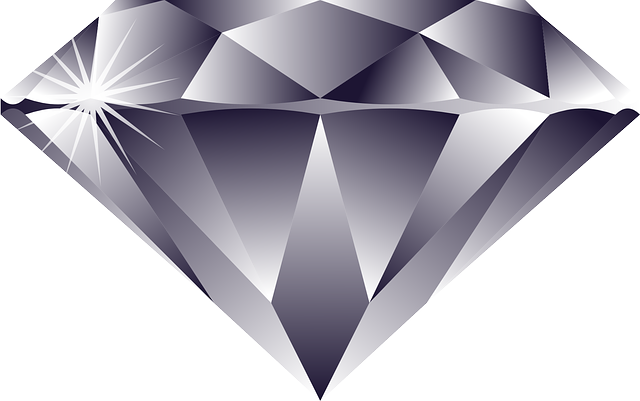
Classification and Grading Systems for Diamonds
Diamonds are valued and categorized based on their unique characteristics. Classification and grading systems play a pivotal role in determining the quality and worth of these precious gemstones. The characteristics assessed include the diamond’s carat weight, color, clarity, and cut.
Carat Weight: The carat weight refers to the size or weight of the diamond. It is measured in metric carats, with one carat equal to 0.2 grams. Diamonds with higher carat weights are generally more valuable.
Color: The color grading system evaluates the presence of any noticeable tint in the diamond. The Gemological Institute of America (GIA) uses a scale ranging from D (colorless) to Z (light yellow or brown). D-F diamonds are considered colorless, displaying exceptional brilliance, while G-J diamonds are near-colorless, still offering excellent value.
Clarity: The clarity of a diamond refers to the presence of any internal or external flaws, known as inclusions and blemishes, respectively. The GIA’s clarity scale ranges from Flawless (no inclusions or blemishes visible under 10x magnification) to Included (inclusions visible to the naked eye). Diamonds with higher clarity grades are rarer and more valuable.
Cut: The cut, often hailed as the most significant factor, determines how well a diamond reflects light, ultimately affecting its sparkle. Cut grades include Excellent, Very Good, Good, Fair, and Poor. A well-cut diamond maximizes light performance and enhances its overall beauty.
By understanding the , investors, jewelers, and buyers can make more informed decisions about their purchases. Whether you’re seeking a dazzling engagement ring, a special gift, or a valuable investment, these systems provide a standardized way to discern the quality and value of diamonds.
Industrial and Commercial Uses of Diamonds
Diamonds have long been admired for their unrivaled beauty and brilliance, but their industrial and commercial applications extend far beyond jewelry. The exceptional hardness and thermal conductivity of diamonds make them an invaluable resource in various industries. One of the most notable uses of diamonds is in cutting and polishing tools. Due to their hardness, diamonds are highly effective in shaping and refining materials such as metal, glass, and even other diamonds themselves. With the ability to withstand extreme temperatures and pressures, diamonds are also employed in the manufacturing of drill bits for the oil and mining sectors, allowing for efficient and precise extraction processes.
In addition to their use as cutting tools, diamonds find widespread application in a variety of specialized industries. Their electrical insulating properties make them essential components in the production of advanced electronics, where they are used as heat sinks to dissipate excess heat. Diamonds are also utilized in grinding wheels, which are employed to grind and finish various materials, from ceramics to carbides. Moreover, the unique optical properties of diamonds make them valuable in industries such as telecommunications and laser technology, where they are used as lenses, optical windows, and even in the production of powerful lasers. The versatility and durability of diamonds ensure their indispensability across a wide range of industrial and commercial sectors, enabling groundbreaking innovations and enhancing efficiency in countless processes.
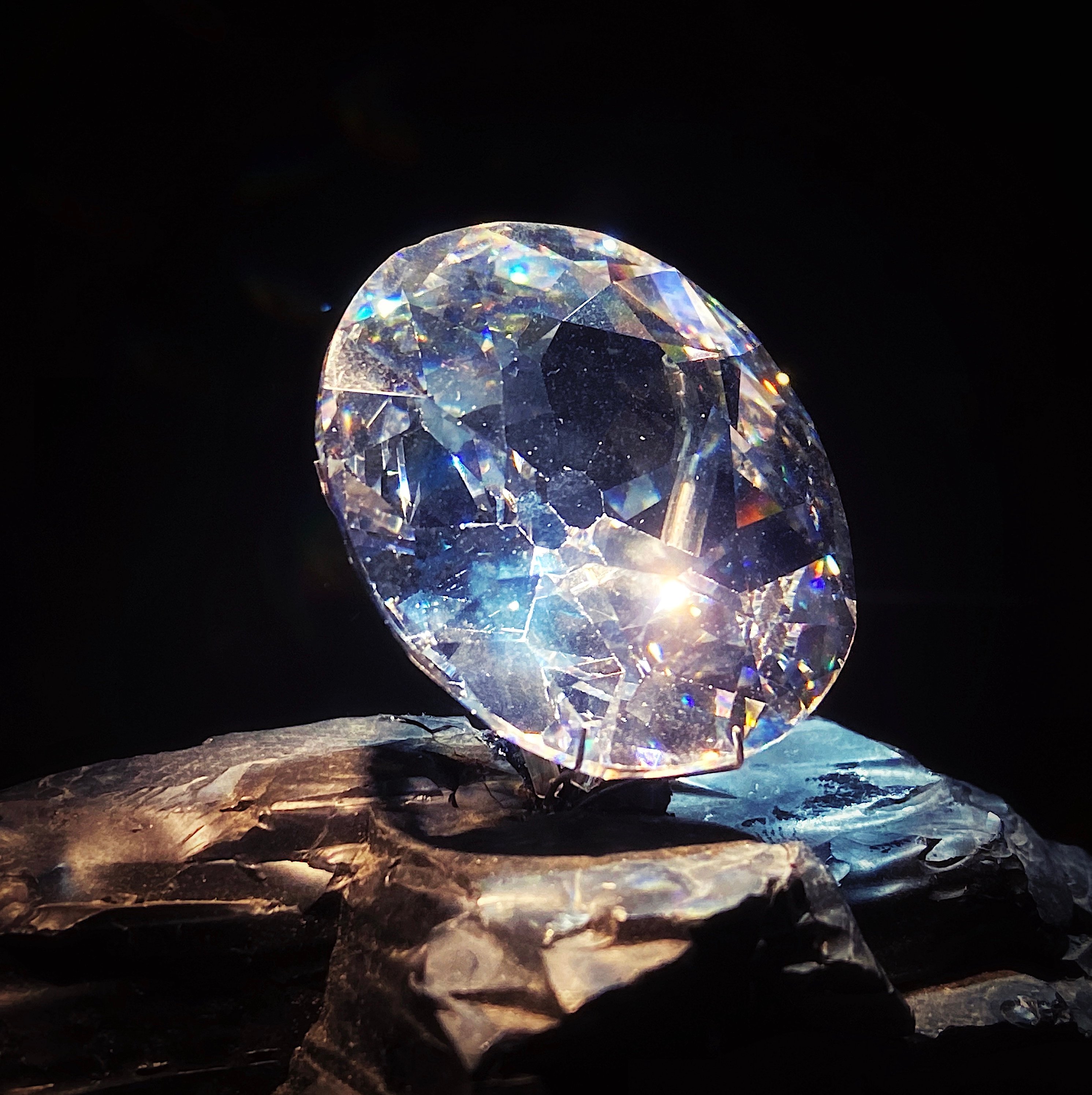
Key Factors to Consider When Buying a Diamond
When it comes to purchasing a diamond, there are several key factors you should consider to ensure you make an informed decision. First and foremost, the 4Cs play a crucial role in determining a diamond’s quality and value. These refer to the diamond’s cut, color, clarity, and carat weight. Selecting the right combination of these factors will ultimately determine the overall aesthetic appeal and brilliance of the diamond.
Another important aspect to consider is the diamond’s certification. Opt for diamonds that have been certified by reputable gemological laboratories like the Gemological Institute of America (GIA) or the American Gem Society (AGS). These certifications guarantee that the diamond has undergone a rigorous examination and has been assessed according to industry standards. Additionally, pay attention to the diamond’s shape and setting options. Whether you prefer a timeless round cut or a more unique princess cut, the shape you choose should align with your personal style and preference. Moreover, consider the setting style that will best showcase the beauty of the diamond while providing the desired level of security. Taking these factors into account will help you find a diamond that truly reflects your taste and stands the test of time.
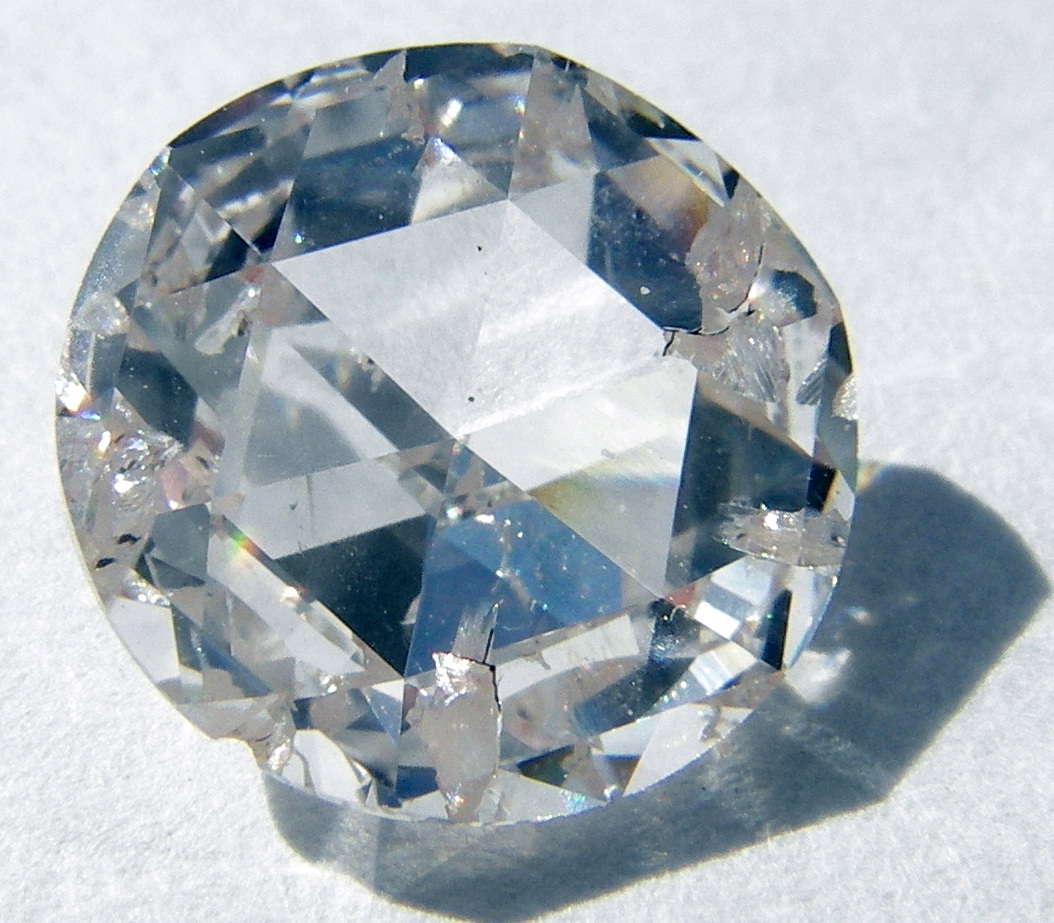
Caring for and Maintaining the Beauty of Your Diamond
When it comes to , a few simple practices can go a long way. Firstly, it is important to regularly clean your diamond to keep it sparkling and radiant. While you can take your diamond jewelry to a professional jeweler for cleaning, it is just as easy to do it yourself. Fill a bowl with warm water and mild dish soap, then gently scrub your diamond with a soft brush, such as a toothbrush. Rinse it thoroughly under running water and pat it dry with a clean, lint-free cloth. Remember, regular cleaning will help remove dirt, oil, and other debris that can dull the shine of your diamond.
To further protect your diamond and prevent any potential damage, it is advisable to remove your diamond jewelry when engaging in activities that may expose it to harsh chemicals, such as cleaning products or swimming pool chlorine. Additionally, it is recommended to store your diamond jewelry separately in a soft cloth or a jewelry box with individual compartments to avoid scratches or tangles. You can also consider having your diamond professionally inspected at least once a year to ensure it’s secure in its setting and has no signs of damage. By adopting these simple caring practices, you will help preserve the brilliance and allure of your diamond for years to come.
FAQs
Q: What is a diamond?
A: A diamond is a precious gemstone made of pure carbon that is naturally formed deep within the Earth’s crust over millions of years.
Q: How are diamonds formed?
A: Diamonds are formed under intense pressure and heat, typically 87 to 118 miles below the surface of the Earth, where carbon atoms are exposed to these extreme conditions.
Q: Where are diamonds found?
A: Diamonds are found in various parts of the world, including Africa, Russia, Australia, and Canada. These countries have large diamond deposits due to their geological history.
Q: What gives diamonds their sparkle?
A: Diamonds sparkle due to their high refractive index, which means they are excellent at bending and reflecting light. This property, along with skilled cutting, enhances their brilliance and fire.
Q: Are all diamonds colorless?
A: No, not all diamonds are colorless. They come in a wide range of colors, including yellow, brown, blue, green, and even red. However, colorless diamonds are often considered the most precious.
Q: Are diamonds hard?
A: Yes, diamonds are the hardest naturally occurring substance on Earth. They score a perfect 10 on the Mohs scale, making them extremely durable and ideal for everyday wear.
Q: Can diamonds be artificially created?
A: Yes, diamonds can be created artificially through high-pressure high-temperature (HPHT) or chemical vapor deposition (CVD) processes. These lab-grown diamonds have the same physical and chemical properties as natural diamonds.
Q: What are the different cuts of diamonds?
A: The most common diamond cuts are round brilliant, princess, emerald, cushion, and asscher. Each cut has its own unique characteristics that affect the diamond’s brilliance and shape.
Q: What are conflict diamonds?
A: Conflict diamonds, also known as blood diamonds, are diamonds mined in war zones and sold to finance armed conflict against governments. It is important to purchase from reputable sources to avoid supporting these unethical practices.
Q: What is the 4Cs of a diamond?
A: The 4Cs refer to the universally accepted grading system for evaluating diamonds: carat weight, color, clarity, and cut. These factors determine a diamond’s overall quality and value.
Q: Are diamonds a good investment?
A: Diamonds can be considered a long-term investment, but it’s important to engage in thorough research and purchase from reputable sellers. The value of diamonds can fluctuate, so it is not a foolproof investment.
Q: How do I care for my diamond jewelry?
A: To care for diamond jewelry, avoid exposing it to harsh chemicals, store it separately to prevent scratching, and regularly clean it using a mild soap and a soft brush. Professional cleaning and maintenance are also recommended.
Q: Can diamonds be damaged or broken?
A: Although diamonds are very hard, they can still chip or break if hit at the right angle with enough force. It’s important to handle them with care and avoid activities that may subject them to unnecessary stress.
Q: What is the significance of diamonds in engagement rings?
A: Diamonds have become a popular choice for engagement rings due to their durability, beauty, and symbolism of eternal love. The tradition of diamond engagement rings gained popularity in the early 20th century and has since become a widely accepted norm.
Future Outlook
In conclusion, a diamond is a mesmerizing gemstone crafted deep within the earth over millions of years. Its unique structure and exceptional clarity make it one of nature’s most remarkable formations. Adored for its brilliance and durability, a diamond holds an everlasting significance as a symbol of love, strength, and beauty. Whether it’s adorning an engagement ring or passed down through generations, this precious stone continues to captivate and intrigue us with its timeless allure. So, the next time you admire a dazzling diamond, remember the incredible journey it has taken to become a radiant and precious treasure.


